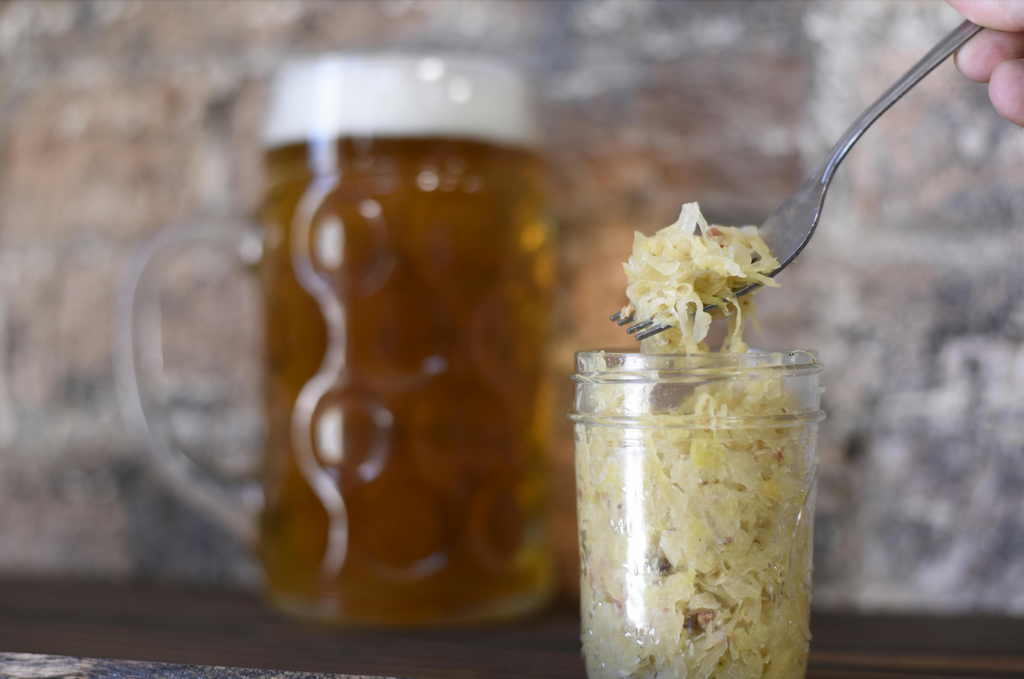Dealing with Stress...with your Gut
Research shows that the makeup and diversity of the bacteria in our gut are vitally important to our health, mood, energy, and brain/body function. However, our microbiome is so easily disrupted by circumstances in life: stress, travel, late nights, illness, processed food and much more. A resilient gut is a gut that deals with challenging conditions with no (or minimal) side effects. There are 5 simple steps to creating and maintaining a resilient gut.
Over the next few weeks we're going to explore, in detail the 5 steps to ensure we have a gut microbiome that is resilient, able to handle life in our modern world. In brief the steps are
1. Purify Your Gut
Fasting purifies your gut of problem-causing bacteria and unhealthy levels/overgrowth of “good“ bacteria. Most bacteria have a high metabolic rate (a regular and constant need for food), this means that during fasting problematic bacteria die off quickly as they lose the food they need, often carbohydrates. During prolonged fasting essential bacteria more easily survive as they feed on broken, damaged and misplaced cells in our body, effectively cleaning up our system in an effort to survive. Fasting is powerful and has been practised regularly throughout history. It has many benefits and has been proven to be extremely safe for most people.
2. Seal Your Gut
Our Gut is the home to our microbiome. The lining of our gut should provide a safe and functional wall for the microbiome, keeping it where it belongs as it feeds and ferments. If not nourished correctly our gut lining can break down letting bacteria and food particles into our bloodstream, causing big issues. It is important to drink bone broth to seal your gut. The minerals, collagen, and amino acids found in broth are essential for your gut lining. It’s important to restore the integrity of our gut lining before replenishing our microbiome. Right after a fast is the ideal time to build your gut lining.
3. Seed Your Gut
The food that first goes into your gut after sealing is extremely important. Whatever goes into the freshly weeded and ploughed field (that is your purified gut) will have the opportunity to thrive. This is the time to nourish your gut with good quality, gut-beneficial bacteria, which can be easily achieved by consuming living fermented food and beverages, such as sauerkraut, kimchi, miso, kombucha, plain yoghurt, milk kefir, and much more. We know that consuming probiotic-rich food seeds our gut more effectively than taking a probiotic capsule. This is because probiotic foods are fermented. The fermentation process creates acids as a byproduct of fermentation, the bacteria creating acid (during fermentation) are obviously acid resistant and are able pass unscathed through the acid in our stomach to seed our microbiome.
4. Feed Your Gut
Now that your gut has been seeded with good bacteria, let’s help them thrive and multiply. Keep those probiotics fed. Prebiotics (non-digestible plant fibres) are essential to keep your healthy, balanced gut microbiome alive. Due to the high fibre content in fermented veggies, they function as both probiotics and prebiotics, which in turn aids in seeding and feeding your gut simultaneously. It is essential to consume a diet high in fresh produce and wholefoods high in prebiotics on a daily basis. There are also specific foods well-known for having extra high concentrations of prebiotics.
5. Maintain Your Gut
To reap the long-term benefits of a resilient gut, we should maintain a thriving and diverse gut microbiome regular Sealing, Seeding, and Feeding. When needed, maybe during illness, after the holiday season, after travelling, or after a season of poor eating habits, etc. it’s important to purify to take care of any problematic-bacteria that might sneak in.




